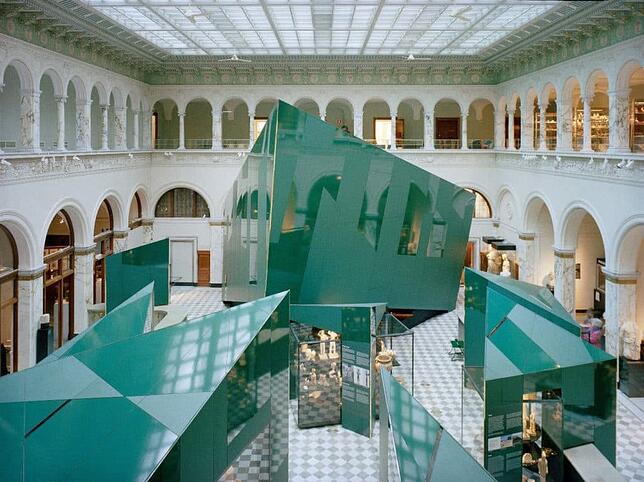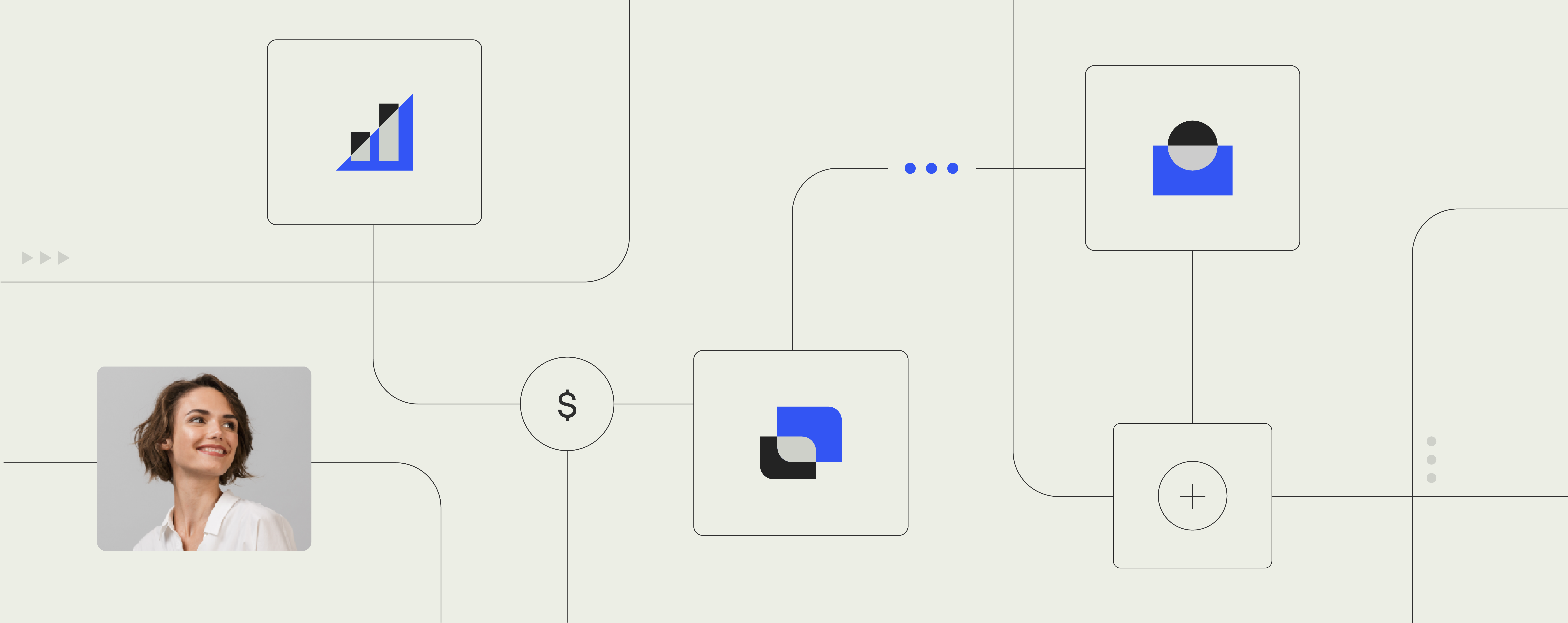Where is your enterprise at with evergreen IT?

Do you know what version number your web browser is?
When was the last time you had to restart your machine after Google Chrome installed an update? What is your company’s IT policy for ensuring employees keep up to date with the latest security patches for the shared server?
In 2019, questions concerning how enterprises keep up with increasingly complex tech landscapes are demanding increasing attention. Whereas in the (not so distant) past, updating software would require an employee waiting 24 hours for a new CD-Rom to install, today, down time needs to be kept to a minimum.
What does this mean for organizations who over the decades have made major investments in the planning and implementation of IT systems to create their legacy system? How can they keep up with competitors and consumer demands, when technology is expected update on a monthly, daily, hourly and even, real-time basis?
The resounding answer for the modern enterprise is – evergreen IT.
The digital workplace guide 2021
What you need to know to furtureproof your company’s technology
What is evergreen IT?
First coined by PWC back in 2009, Evergreen IT is now gaining buzzword status as companies grapple with the step-change to organizational IT.
According to Microsoft – a key player in the evergreen IT field and debate, evergreen IT can be defined as “running services comprised of components that are always up to date. Evergreen IT encompasses not only the services at the user level but all of the underlying infrastructures, whether on-site or outsourced. Many organizations believe that Evergreen IT holds promise for reducing the resources and energy they need to expand on providing the up-to-date and flexible services that their users are demanding”.
Unpacking this definition, is a central belief that a company’s hardware and software should always be up to date, iterating its systems to adhere to the latest industry versions. Being the most modern version of itself, this technology brings about time and resource saving efficiencies that mean the output delivered is at (or ideally beyond) the level of user expectation.
The cloud has inevitably been key to the process of evergreen IT, with its many benefits bringing about the vital shift that has moved organizations beyond the software/hardware approach to viewing software as a service. However, cloud migration isn’t the be all and end all of the evergreen services model – as noted by the original PwC definition: “the goal of Evergreen IT is not cloud computing per se. The goal is to transition IT operations from predominantly manual to predominantly automated processes driven by intelligent software.”
Alongside a cloud-driven approach therefore, evergreen IT sees a move towards replacing traditional legacy systems – with their long procurement cycles and costly upgrades, with a suite of modular services and software. For business, these third-party evergreen products are in essence self-sufficient. Working with providers based on a transactional or subscription cost model, features and offerings are updated automatically by the provider, meaning a company outsources previous labor-intensive maintenance and development tasks to a third party.
Read next: Trend forecast: enterprise technology to watch in 2019
Why your business needs Evergreen IT.
This process of unpicking and re-imagining a company’s technology stack can be a daunting thought, particularly for large and global businesses. However, for companies prepared to decouple layers of their technology stack to move towards an evergreen IT model, there’s a whole host of benefits in store, concerning security compliance, IP protection, organizational alignment, cost management and agility. We look at a few of the main perks here:
- Future proofing your infrastructure: Perhaps the most significant benefit of moving to an evergreen IT model is building an infrastructure that isn’t so vulnerable to changing IT landscapes. By choosing evergreen products that are designed to update themselves and have the flexibility and agility to grow with the tech scene, you’re giving your business a framework to move (rapidly) with the times and are minimizing situations of radical infrastructure overhauls.
- Improving your bottom line: Product updates exist to give users a new and improved service. For instance, updating a program could speed up a process, fix an existing bug or skip an entire stage in your company’s workflow. By giving employees constant access to the very best version of a program via evergreen products, you’re streamlining workflow and increasing productivity, opening up the opportunity to allocate resources for more high value work.
- Cost-cutting: Historically updating enterprise software has not only been an incredibly time consuming process, but also an expensive one. Take the familiar experience of Windows migration. Gartner predicts that companies are looking at an estimated migration cost of between $1,035 and $1,930 per user to replace Windows XP with Windows 7. Multiply that figure by a workforce of 100,1000,10000… and your migration budget starts to get pretty heftyWith software as a service, external sources are now charged with leading on-demand, self-updating IT infrastructure. The headache of painful migration procedures are no longer a cost or resource your team need to factor in.
- Optimizing security: With security concerns placing first in enterprise technology trends for 2019, evergreen IT solutions are a vital tool in the fight against a data breach. With older technology more hacker prone, and cyber attacks becoming more sophisticated by the day, it makes sense to safeguard your company with the very latest secure software.
- Remaining competitive:This is a no-brainer. If your competitor has a workforce that empowered by productivity-boosting, time-saving tools, whereas your team is slowed down by a more manual workflow, your output will lag behind. Similarly if your competitors are offering clients the latest services and products on the scene whereas you’re still peddling old tech, you won’t be winning the innovation race, or positioning yourself as forward-thinking.
So, what does evergreen IT look like in the real world? We take a look at two standout examples.
Evergreen IT: If it’s good enough for the Pentagon…

Image source: FedTech Magazine
Nine years ago, the Broadcasting Board of Governors – which oversees Voice of America, Radio Free Europe and other broadcasting channels, found out the hard way that they were overdue an infrastructure overhaul.
Speaking of their situation André Mendes, the CIO and CTO said: “We were like a mom-and-pop shop, running a lot of outdated, legacy hardware and software…All our servers were hacked by a foreign entity.” Mendes situation was, and is, not uncommon. Even in 2015, more than 70% of federal IT spending was going towards running and updating legacy programs.
To tackle this, Mendes dismantled the existing legacy system, pushing through a cloud-based evergreen IT strategy, incorporating several SaaS providers. BBG became the first major government agency to adopt the full suite of Microsoft Office 365. Evergreen products also included email, SharePoint, federated identity and OneDrive. According to an interview with FedTech, BBG also fully virtualized computing and storage hardware from HP and NetApp.
Such a radical restructuring of BBG’s infrastructure certainly paid off. Hacking incidents virtually disappeared and there was a 20% reduction in IT spending which amounted to over $168 million in savings over five years. With less time spent on labor-intensive processes, BBG’s IT team were freed up to focus on higher value tasks that enabled the agency to stand out from its competition.
Transforming from a ‘technology laggard’ to one of the most advanced government bodies, the live case study led to both the Pentagon and Department of Defense implementing evergreen IT strategies to “increase overall security, to enable consistent and rapid insertion of new capabilities, and to increase productivity.”
The firm building an evergreen future

Alongside security, optimizing productivity and brand integrity are huge benefits of evergreen IT – as we witnessed first hand when working with leading Scandinavian architect firm White Arkitekter.
Founded in 1951, White Arkitekter and its 900 plus employees carry out projects across Europe, America, and Africa, with employees working closely with clients and stakeholders. With all databases, templates and digital assets located on a legacy system, employees found the existing software was acting as a barrier to creating consistent, on-brand communication.
Recalling the restrictions of the legacy system, White Arkitekter’s Quality Expert, Lars-Erik Nilsson, says, “It was a cumbersome process for both our users and our template administration. Our users struggled to find and access the correct templates and it was also tedious to update our templates.”
With different databases hosting different files, staff spent a lot of time sourcing files and checking they were using the most up-to-date version. Not being able to easily find the correct templates and digital assets led to some incompliance and inconsistent use of brand. With visual identity and professionalism core values of White Arkitekter, the firm needed to find a quality control solution that could be implemented throughout every office.
White Arkitekter set about the digital transformation of its firm, using Templafy’s centralized, easy-to-use template management solution to assist the switch to an evergreen IT infrastructure and support the creation of a more consistent visual identity.
Read next: The full White Arkitekter customer case story.
With Templafy’s seamless integration with their Digital Asset Management (DAM) system, White Arkitekter’s staff have everything they needed to create on-brand assets right from where they were working – including inside Office-applications. They no longer waste time hunting around for templates, images or branded content and can focus on their work, rather than spend hours on brand compliance.
No matter where their projects or staff are located in the world, White Arkitekter can also trust that all employees have easy access to up-to-date document and presentation templates, images and email signatures. Hosted on Microsoft’s Azure cloud service, White Arkitekter also know their document management process is secure.


